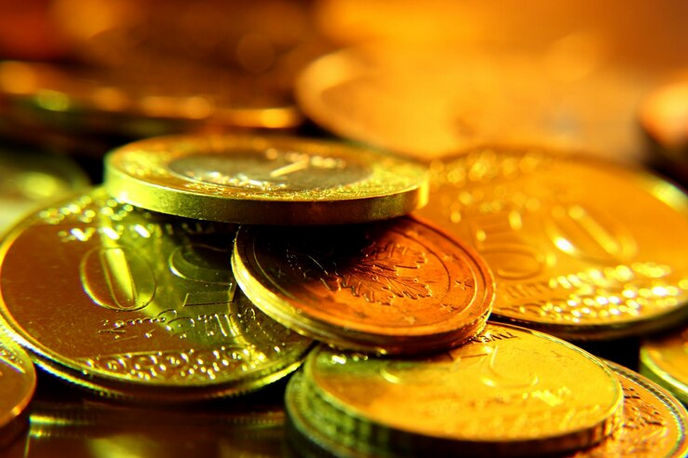Selling gold can be a lucrative endeavor, but accurately pricing your gold is crucial for maximizing returns. Whether you're selling scrap gold, jewelry, or bullion, understanding the factors that influence gold prices and employing effective pricing strategies is essential. In this guide, we'll explore how to price your gold accurately to ensure you get the best value for your precious metal.
Understanding Gold Pricing
Gold prices are influenced by various factors, including:
- Market Demand and Supply: Like any commodity, gold prices are affected by supply and demand dynamics. Increased demand or limited supply can drive prices higher, while decreased demand or excess supply can lead to price declines.
- Economic Conditions: Economic indicators such as inflation rates, interest rates, currency strength, and geopolitical tensions can impact investor sentiment and, consequently, gold prices.
- Market Sentiment: Investor perception of gold as a safe-haven asset during times of economic uncertainty or market volatility can lead to increased demand and higher prices.
- Currency Movements: Since gold is priced in US dollars, fluctuations in currency exchange rates can influence gold prices for international buyers and sellers.
- Central Bank Policies: Central bank decisions regarding monetary policy, interest rates, and gold reserves can have a significant impact on gold prices.
Factors Affecting the Value of Your Gold
When pricing your gold for sale, consider the following factors:
- Purity: The purity of your gold, measured in karats or fineness, directly affects its value. Higher purity gold commands a premium price compared to lower purity alloys.
- Weight: The weight of your gold, typically measured in grams or troy ounces, is a key determinant of its value. Heavier pieces of gold will fetch higher prices, all else being equal.
- Market Conditions: Monitor current gold prices and market trends to gauge the optimal time to sell. Selling during periods of high demand or when prices are trending upward can yield better returns.
- Form: The form of gold you're selling (e.g., jewelry, coins, bars) can also impact its value. Bullion and coins may carry numismatic or collector value in addition to their intrinsic gold content.
- Condition: The condition of your gold, including any damage, wear, or tarnishing, can affect its resale value. Well-maintained and pristine pieces will command higher prices.
Pricing Strategies
To price your gold accurately and maximize returns, consider the following strategies:
- Research: Conduct thorough research to determine the current market price of gold based on its purity and weight. Utilize online resources, gold price charts, and market indices to stay informed.
- Get Multiple Quotes: Obtain quotes from multiple reputable buyers to compare prices and ensure you're getting a fair offer. Be wary of offers that seem too good to be true or significantly deviate from prevailing market rates.
- Consider Premiums and Fees: Factor in any premiums, commissions, or fees charged by buyers or intermediaries when pricing your gold. These costs can impact your net proceeds from the sale.
- Negotiate: Don't be afraid to negotiate with buyers to secure a better price for your gold. Be prepared to walk away if the offer doesn't meet your expectations or if you believe you can get a better deal elsewhere.
Conclusion
Accurately pricing your gold before sell gold for cash is essential for maximizing returns and ensuring you get fair value for your precious metal. By understanding the factors that influence gold prices, assessing the value of your gold based on purity, weight, market conditions, and form, and employing effective pricing strategies, you can optimize your selling process and achieve the best possible outcome. Whether you're selling scrap gold, jewelry, or bullion, taking the time to research, compare offers, and negotiate can pay dividends in the form of higher returns on your investment.





Comments